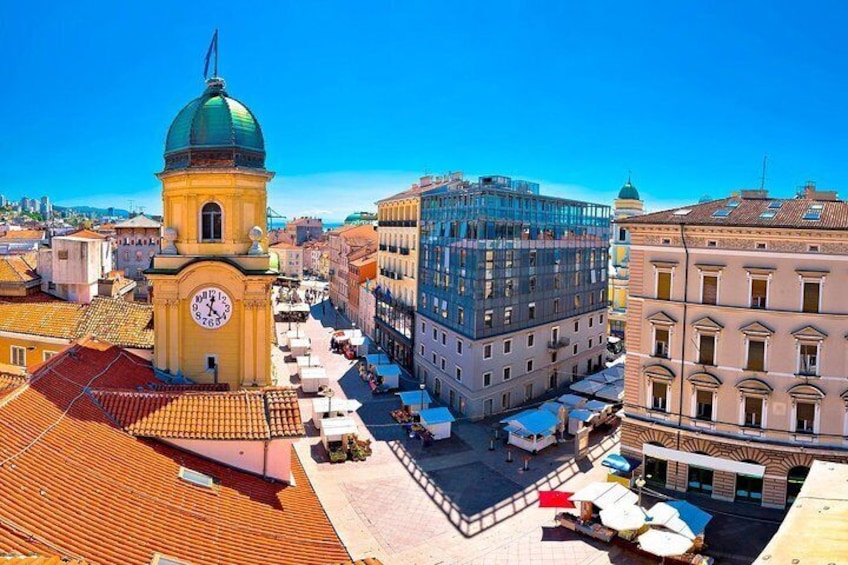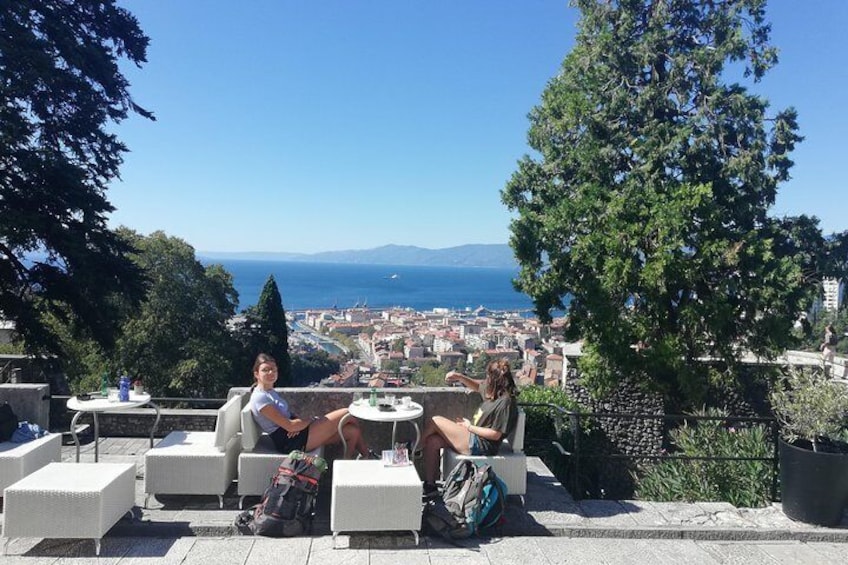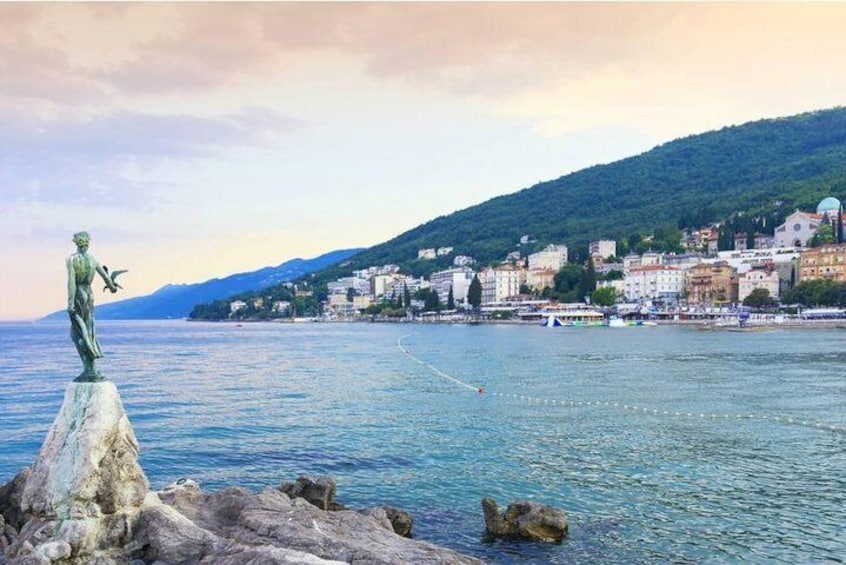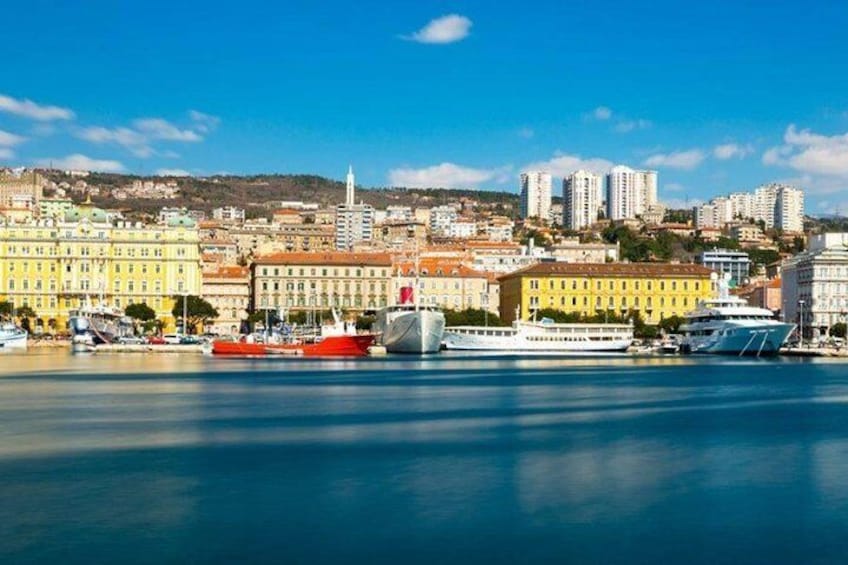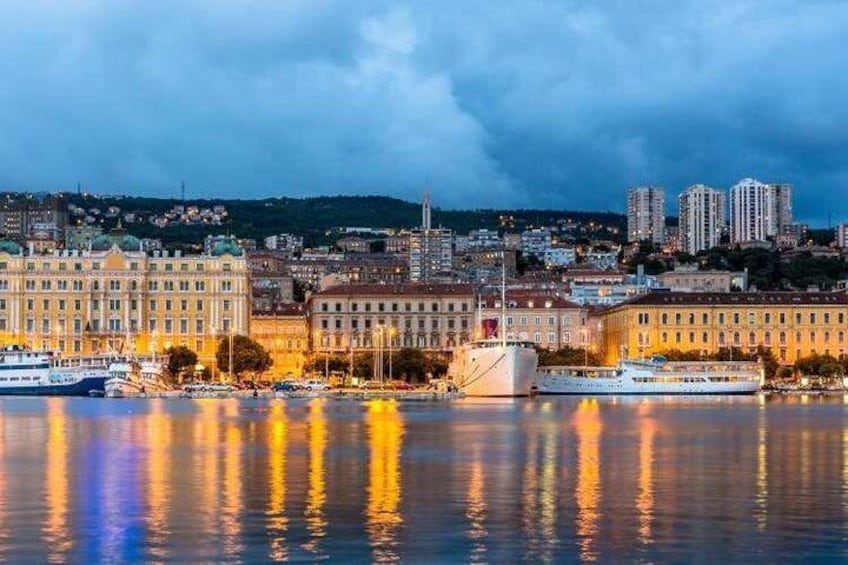Rijeka Central Market
- 3h
- Admission ticket not included
Historically, Rijeka was also called Tharsatica, Vitopolis (lit. City of [Saint] Vito), or Flumen (lit. River) in Latin. The city is called Rijeka in Croatian, Reka in Slovene, and Reka or Rika in the local dialects of the Chakavian language. It is called Fiume ([ˈfjuːme]) in Italian. All these names mean "river" in their respective languages.[6][7] Meanwhile, Hungarian has adopted the Italian name while in German the city has been called Sankt Veit am Flaum—St Vito on the river Flaum—or Pflaum ([pflaʊm]).Though traces of Neolithic settlements can be found in the region, the earliest modern settlements on the site were Celtic Tharsatica (modern Trsat, now part of Rijeka) on the hill, and the tribe of mariners, the Liburni, in the natural harbour below. The city long retained its dual character. Rijeka was first mentioned in the 1st century AD by Pliny the Elder as Tarsatica in his Natural History (iii.140).[8]
In the time of Augustus, the Romans rebuilt Tharsatica as a municipium Flumen (MacMullen 2000), situated on the right bank of small river Rječina (whose name means "the big river"). It became a city within the Roman Province of Dalmatia until the 6th century.After the 4th century Rijeka was rededicated to St. Vitus, the city's patron saint, as Terra Fluminis sancti Sancti Viti or in German Sankt Veit am Pflaum. From the 5th century onwards, the town was ruled successively by the Ostrogoths, the Byzantines, the Lombards, and the Avars. Croats settled the city starting in the 7th century giving it the Croatian name, Rika svetoga Vida ("the river of St. Vitus"). At the time, Rijeka was a feudal stronghold surrounded by a wall. At the center of the city, its highest point, was a fortress.
In 799 Rijeka was attacked by the Frankish troops of Charlemagne. Their Siege of Trsat was at first repulsed, during which the Frankish commander Duke Eric of Friuli was killed. However, the Frankish forces finally occupied and devastated the castle, while the Duchy of Croatia passed under the overlordship of the Carolingian Empire. From about 925, the town was part of the Kingdom of Croatia, from 1102 in personal union with Hungary. Trsat Castle and the town was rebuilt under the rule of the House of Frankopan. In 1288 the Rijeka citizens signed the Law codex of Vinodol, one of the oldest codes of law in Europe.
Rijeka even rivalled with Venice when it was purchased by the Habsburg emperor Frederick III, Archduke of Austria in 1466. It would remain under Habsburg overlordship for over 450 years, except for French rule between 1805 and 1813, until its occupation by Croatian and subsequently Italian irregulars at the end of World War I
